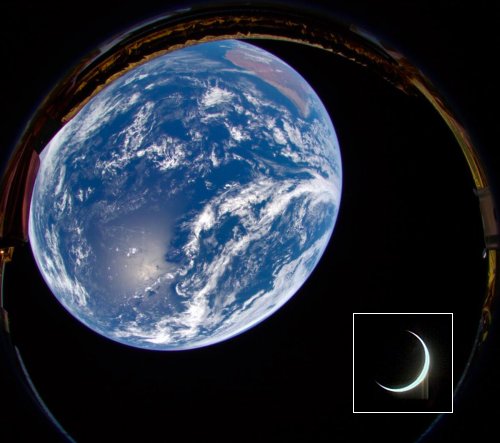SpaceX launches oceanography satellite
SpaceX early this morning used its Falcon 9 rocket to successfully launch an oceanography satellite, dubbed SWOT, for both NASA and France’s space agency CNES.
The satellite it designed to measure the height of water on 90% of the Earth’s surface.
The first stage was making its sixth flight, and successfully returned to Earth, touching down on its landing pad at Vandenberg Space Force Base.
The leaders in the 2022 launch race:
59 China
57 SpaceX
21 Russia
9 Rocket Lab
8 ULA
The U.S. now leads China 81 to 59 in the national rankings, but trails the entire world combined 91 to 81.
These numbers however should change again later today, as SpaceX has another launch scheduled.
SpaceX early this morning used its Falcon 9 rocket to successfully launch an oceanography satellite, dubbed SWOT, for both NASA and France’s space agency CNES.
The satellite it designed to measure the height of water on 90% of the Earth’s surface.
The first stage was making its sixth flight, and successfully returned to Earth, touching down on its landing pad at Vandenberg Space Force Base.
The leaders in the 2022 launch race:
59 China
57 SpaceX
21 Russia
9 Rocket Lab
8 ULA
The U.S. now leads China 81 to 59 in the national rankings, but trails the entire world combined 91 to 81.
These numbers however should change again later today, as SpaceX has another launch scheduled.



